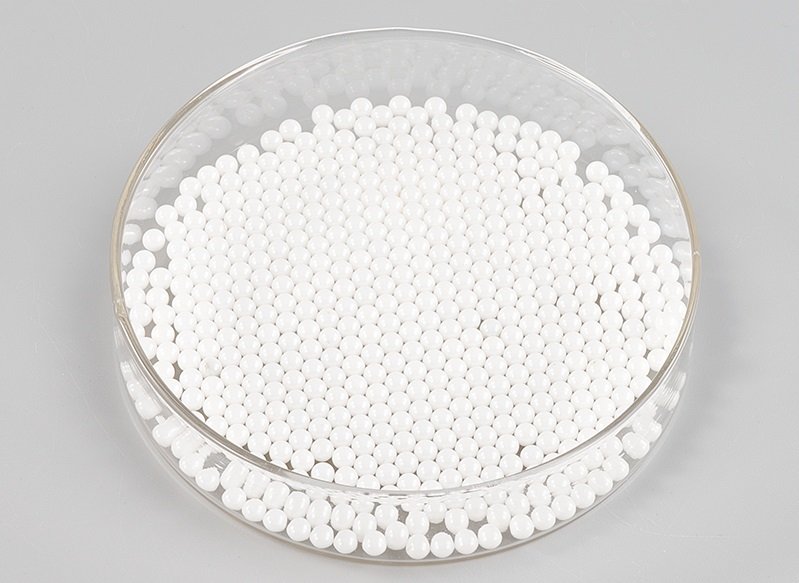Applications of zirconia ceramics in wearable devices
Zirconia ceramics are resistant to high temperature, high strength, super hardness, wear resistance, corrosion resistance, can be polished, have a beautiful appearance, and have low cost. They are excellent wearable materials and have been widely used in wearable devices in recent years.
With the increasing improvement of product functions and the blessing of 5G technology, the global smart wearable market dominated by smart watches, smart wrist bands, and TWS is growing rapidly, and is expected to increase to 302.3 million units in 2023, bringing huge benefits to the industry chain.
The types of enterprises involved in the industrial chain include terminals, ODMs, electronic component manufacturers, structural parts manufacturers, material enterprises and related equipment manufacturers; from the perspective of materials, they mainly involve glass, sapphire, ceramics, stainless steel, aluminum alloys, plastics, elastomers, etc.
Advantages of zirconia ceramics in wearable devices
At present, smart wearable devices are mainly used in sports and health fields, such as recording exercise volume, heart rate detection, etc. With the development of artificial intelligence technology, smart wearable devices are becoming increasingly intelligent, and will become an indispensable product in our lives.
Existing smart wearable devices mostly use metal or plastic materials to make their shells. Although metal has a better heat dissipation effect, the thermal conductivity of metal may also make the device hot and affect the feel. And the metal is usually treated with anodizing and multi-color spray paint, which is very easy to fall off and oxidize, reduce the gloss and affect the appearance.
As a smart wearable material, the advantages of ceramic materials are as follows:
- High hardness and wear resistance. In terms of the hardness of zirconia ceramics, the Mohs hardness of zirconia ceramics is about 8.5, which is very close to the Mohs hardness of sapphire 9, which is higher than that of metals and glass used in daily life. The surface of zirconia ceramic is not prone to scratches or wear marks, and it overcomes uncomfortable problems such as decoating, fading, and abrasion.
- Skin-friendly, non-allergic. Steel watches will contain nickel and other substances, and the chemical composition (salt ions) in sweat will make these metal elements on the case more active (ionization) and cause skin abnormalities; while ceramic materials will not have metal ions precipitation. And due to the low thermal conductivity of zirconia ceramics, it is not easy to cause allergies when worn; it is more skin-friendly than metals and plastics, and has good compatibility with the human body.
- It has good heat dissipation and uniformity, and can effectively solve the problem of heat conduction of equipment. It is the best solution material for heat dissipation solutions.
- Zirconia ceramics have the color and texture of jade. Its color can also be changed by adding rare earth elements and artificial toning.
- Signal is not blocked. The dielectric constant of ceramic is 3 times that of sapphire, the signal is more sensitive, and it is electrically insulated.
- Suitable for mass production and low cost. The mass production molding methods of zirconia ceramic materials include dry pressing, injection, casting, gel injection molding, etc., and the production cost is low.
Prospects of zirconia ceramics in wearable devices
![]()
According to the latest data from IDC (Internal Data Corporation), although suppliers have scaled back production due to the impact of Covid-19, demand for wearable devices has remained stable. In the second half of 2020, global shipments of wearable devices are expected to reach 396 million units in 2020, as multiple suppliers launch new products including hearable, watches and wrist bands. This is a 14.5% increase from 345.9 million units in 2019. IDC forecasts a compound annual growth rate (CAGR) of 12.4% over the next five years, reaching 637.1 million units by 2024.


